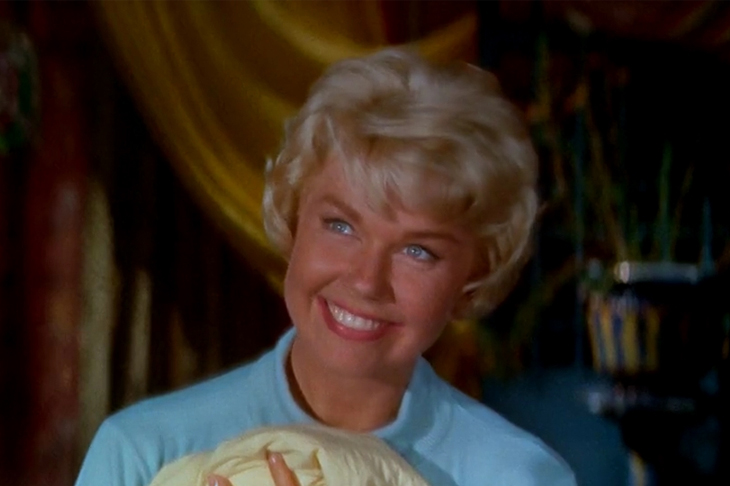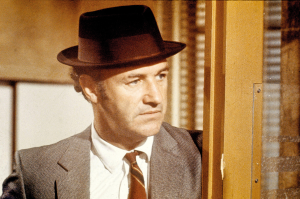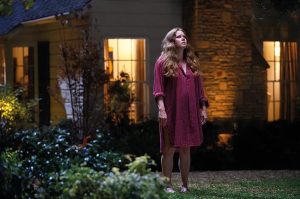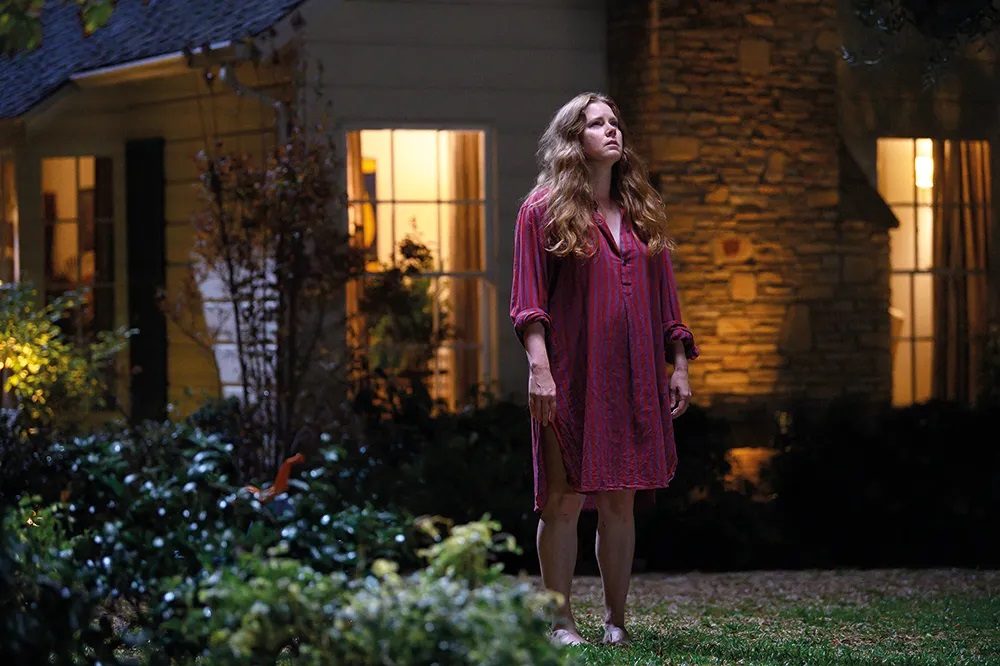Doris Day has died at the age of 97. When I heard this news I wasn’t transported to a scene in one of her movies with Rock Hudson. Instead, I remembered sitting in the dark English countryside during the very first few hours of this millennium, carefully removing a lit cigar from my sleeping brother’s hand as he snored on a chaise longue. Everything changes, but New Year’s Eves never do. They carry the same sense of dreary ennui, the dead-sky-at-dinner-time feeling that hangs around the winter months. But I first met Doris Day on New Year’s Day at the beginning of this century, the day when we thought we’d wake up to find that every airplane in the world had fallen out of the sky.
At five in the morning in a country house 20 miles from London I found that I was the only person awake. Someone had left the television on, buzzing in the corner of the room, hours after the fireworks we had watched from Paris, from Madrid and, finally, from London had fizzled out. The television was showing Young At Heart, a 1955 musical film starring Frank Sinatra and Doris Day, in which Day plays one of three sisters and Sinatra plays a traveling musician who complicates their love lives. It was the first time I’d seen a film from another century.
I hadn’t given her much thought before, despite spending my childhood watching musicals on the television on rainy Saturday afternoons. How had Day fallen through the net? I began to seek out her films, learned to love her gumption and her slick humor and got to know her back catalogue of her huge musical output. She was vastly successful. By the early 1950s her popularity was at its zenith. She had established her on-screen persona of frequently perky, approachable, fast-talking dame who was always ready with a song and a chaste kiss. She was keen to get away from this kind of work when she broke away from Warner Brothers in the mid-1950s, but she knew this persona was her strongest creation.
After a brief foray into more serious drama with Love Me Or Leave Me (1955) and an exemplary performance in Hitchcock’s The Man Who Knew Too Much (1956) Day resurrected the girl-next-door heroine who played for laughs and threw herself into a trio of vastly popular romantic comedies with Rock Hudson. But her timing was off. Her most successful period in film was from 1959-1963, by which point the studio system had crumbled, and tastes had changed. The Sixties would be the decade that would leave her without a place. Her extraordinarily good singing voice, a melodious alto with an swooping, chocolate-smooth tone she honed as a teenager by obsessively listening to Ella Fitzgerald, became outmoded instantly. The decade that blew so much away could not get rid of the stench of wholesomeness that surrounded her, despite her best attempts at blowsy, erotic tones in her 1964 hit Move Over, Darling.
Doris Day was from another time from me. But her ageless quality depended on her inability – or unwillingness – to dissolve into the 1960s. While so many of her contemporaries changed their style to adapt to that confused, patchouli-scented decade, Day did not. There is still a modern freshness and humorous warmth to her performances which has you rooting for her character, a prototype which does not age because it is still seen in the plucky heroines of romantic comedies the world over. Her back catalogue of films revolve around the problem of sex, the boy-meets-girl-boy-loses-girl-boy-gets-girl golden formula whose universal appeal remains undimmed 60 years after Pillow Talk. The age of sexual liberation did nothing to quell relationship difficulties or render each sex more comprehensible to the other. We’re all Doris; standing around trying to figure out how relationships work. Her sage advice, after four husbands, was to give up on humans and fall in love with animals.
Day’s films seem ageless, because they fed so significantly into American folklore as to become a permanent part of the culture. And the early hours of this century seemed to be a good time to be reminded of this permanency. No airplanes did fall out of the sky that night, nor did all the computers in the world stop working. In fact everything seemed the same as before. There was Frank Sinatra – still singing in sharp tailoring and a jaunty hat, and there was Doris Day, in a taupe cardigan and diamante earrings putting the world to rights. She was still there for us, preserved on celluloid, a last relic of the studio system, still singing and playing at the game of love in glorious technicolor – all the while showing us what it means to be timeless.
This article was originally published onThe Spectator’s UK website.

























